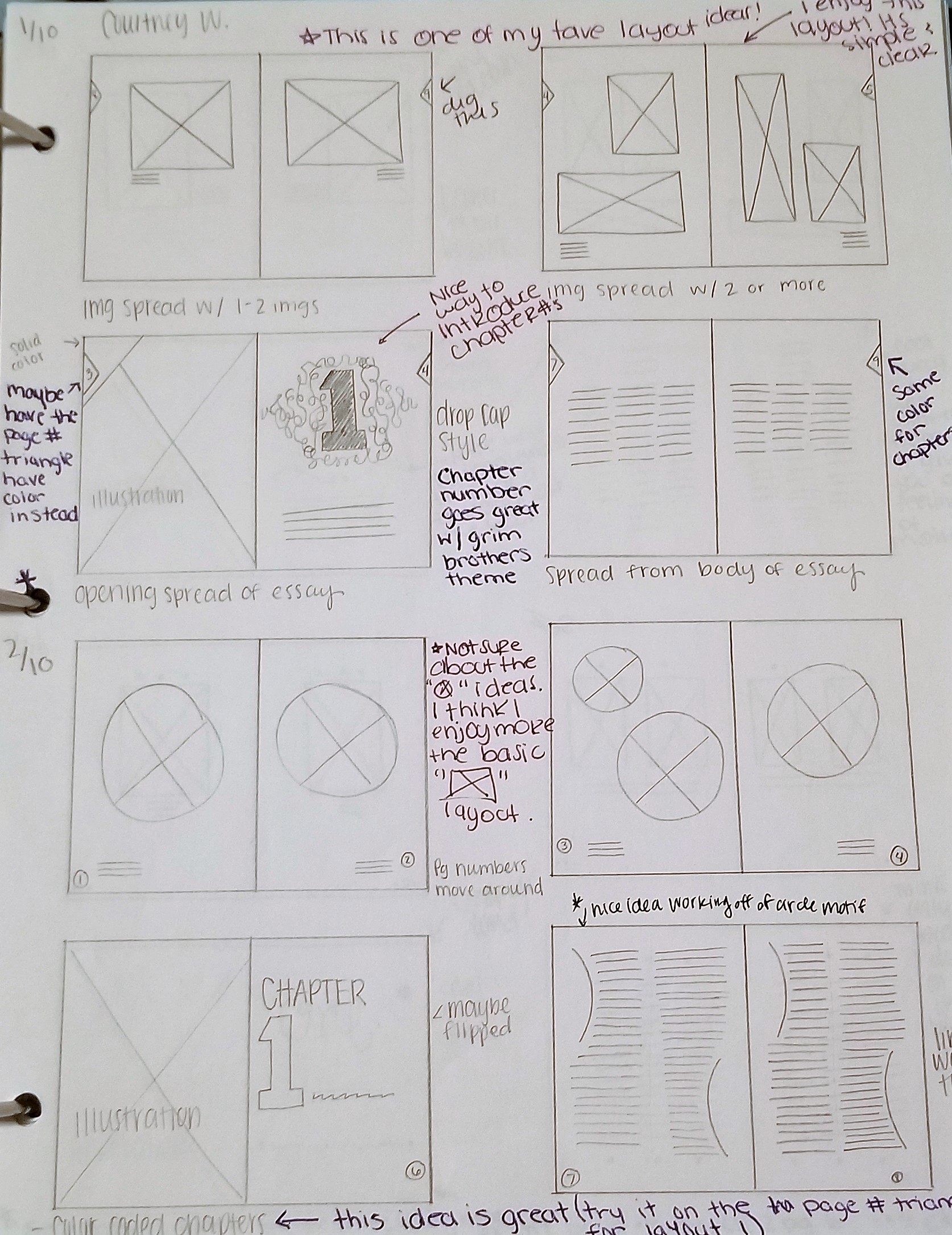There are many paths today that will lead consumers to the purchase of a new book. One path would be to drive to a library, but if time is limited, online has even more of a variety to select from. Now whether the selection is for an educational book or classic non-fiction novel, there is always one factor that weighs in on the final purchase decision. This factor is appearance. Sure, the purchase can be based on a recommendation from a friend, or based on the next book in a series. When looking back to the beginning, the friend selected the book because of ratings and appearance. The consumer purchased the first book of the series for these same reasons. During this post I will share my adventure of designing a book to hopefully be the next off the shelf.
To start there is always the research phase. No matter how well someone believes they know everything about a topic, there is still knowledge to be gained. The task was to design a book about an exhibition in a museum. The route my design took involved fairy tales, but not just any bundle of fairy tales. I designed based off of the Grimm brothers fairy tales. Below are some quick thumbnail designs to get the feel of what I really wanted to accomplish with my book. There are ten sets, and each set has a chapter spread, a text heavy spread, a image only spread, and then a spread with a combination of images.
The idea was to create a book that contained three chapters and different artists per chapter illustrating variations of the Grimm tales. Each chapter of the book would also contain a story from the brothers telling the reader what truly happened before the stories were written to have happy endings. Below are some of the rough sketches I decided upon with the help of my fellow designers. The first spread is the beginning of a chapter while the second is how I envision to layout multiple images.
While designing this book I wanted to create a whimsical fairy tale feel that also has a dark twisted side just like the stories. To accomplish this I incorporated a majority of hand drawn elements. Each chapter of the book has black scribbles around the number, and parts of that same scribble can be found throughout the book on all the caption info regarding the images. Then when a fitting font could not be discovered I took it upon myself to create my own. I used this handwriting as the headers for each artist, story, and chapter.
During the process of creating thumbnail and rough sketches a grid had to be developed. Grids in book spreads are just as important, if not more important in my opinion, than grids found in web design. Grids help keep images, text blocks, headers, and any other item found in a book organized and clean for easy viewing and understanding. Below are samples of how I placed my grid lines.
After designing the layouts, placing the content in designated areas, and the endless arrangements of type, the layouts are complete and ready for print!
Now back to the beginning of this post when I mentioned appearance sells books. The last step in designing this book would be to create a book cover that gives a feeling of how the book is to be represented. For example, this book is about dark fairy tales therefore it would not be appropriate to design a cover with bright colors and joyful imagery. I decided to take more of an abstract approach to the cover while still keeping the idea of a lot of the book being hand rendered.
I wanted the cover to be mysterious and creepy. The color palette is different shades of red bleeding to black through the use of cut paper. Once again I challenged myself because using a small blade did not make this task an easy one. Then I wanted the paper to have an old weathered rough feel sort of like handmade paper. Also, to add to the feel of the book the paper I selected was also a slight tan instead of bright white. The final touch I added after tearing the edges of my pages, was a small red ribbon to act as a book mark.
Designing a book takes dedication, as most things in design, but I would not turn down the offer to do this all again. Til this day, the layout and overall design of this book is one of my favorite projects I have created.













